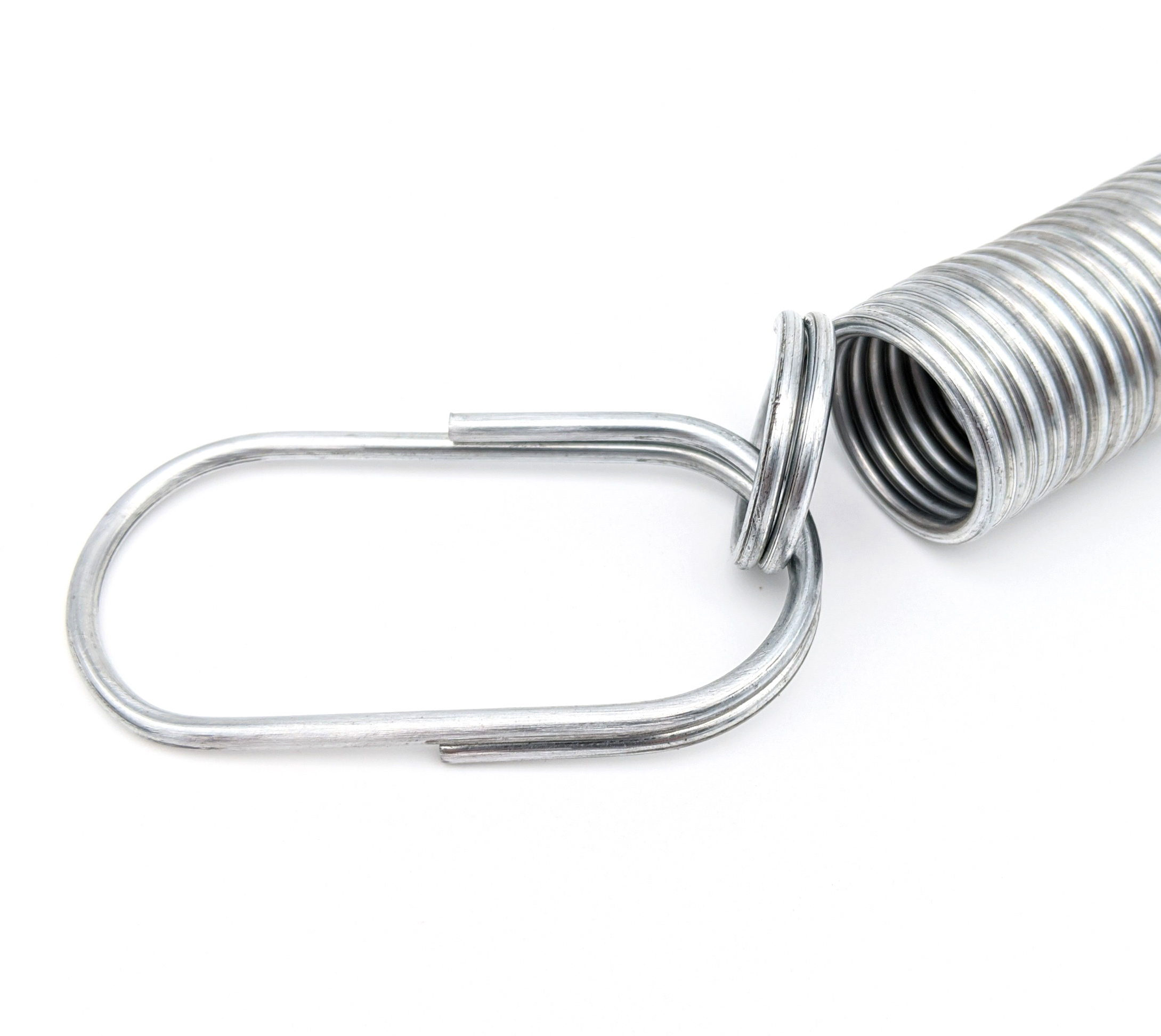Get unique, complex parts easily. No matter your requirements, Chaoyi Spring creates hard-to-produce coil springs and wire forms.
Let us help you create the custom wire form you need, from S-hooks and J-hooks to utility hooks and more.
We work closely with customers across a wide range of industries, helping them design and manufacture made-to-order parts.
Why choose Chaoyi Spring? We prioritize customer-focused collaboration, modern equipment and the latest technology to make your parts per print.
Find the information and guidance you need, from measuring a spring to learning about materials, placing an order and much more.
Have you ever wondered what makes your garage door open and close smoothly? While the motor and track system are obvious players, there's a vital component often overlooked: tension springs.


Have you ever wondered what makes your garage door open and close smoothly? While the motor and track system are obvious players, there's a vital component often overlooked: tension springs. These unassuming metal coils are the silent workhorses that provide the counterbalance, allowing you to easily lift and lower your heavy door. Without them, opening and closing your garage door would be a grueling and potentially dangerous task. So, let's delve into the world of tension springs and explore why they are essential for your garage door's functionality.

Tension springs, often referred to as extension springs, are a critical part of a garage door's system. They are strategically placed on either side of the door, connected to the door's frame and the torsion spring shaft. Their primary function is to counteract the weight of the door, creating a balanced system that allows for effortless operation. Imagine trying to lift a heavy object without assistance – it would require significant effort. Tension springs work in a similar way, providing that crucial counterbalance to make opening and closing the door a breeze.
Tension springs are designed to stretch as the door is lifted. This stretching action stores energy within the spring. When the door is lowered, the stored energy is released, pulling the door back down. This constant tension ensures that the door moves smoothly and doesn't slam shut. The tension in the springs is carefully calibrated based on the weight of the door and the length of the garage door track. A properly calibrated system ensures the door operates safely and efficiently.
While tension springs are the unsung heroes, they come in different types, each with its own characteristics. Here are the two main types you might encounter in your garage door:
These are the most common type found in modern garage doors. They are located above the door, typically attached to a shaft that runs along the length of the opening. They are wound tightly, like a coil, and are designed to twist as the door is lifted. The twisting motion stores energy, providing the counterbalance for the door.
These are positioned on either side of the door, attached to a cable that runs up and over the track. Unlike torsion springs, extension springs stretch as the door is lifted, storing energy within the spring. They are often found in older garage doors. However, due to safety concerns, they are gradually being replaced with torsion springs in newer installations.
Tension springs are not just about convenience; they are crucial for the safety of your garage door. If they fail, the door can become extremely heavy and difficult to operate. This can pose a serious risk of injury. In extreme cases, a broken tension spring can cause the door to fall suddenly, potentially damaging property or causing harm.
It's essential to be aware of signs that your garage door tension springs may be failing. These signs include:
If you notice any of these signs, it's crucial to call a qualified garage door technician for inspection and repair. Don't attempt to fix them yourself, as these springs are under high tension and can be dangerous to handle.
While tension springs are generally durable, regular maintenance can extend their lifespan and ensure your garage door operates smoothly. Here are some tips for maintaining your tension springs:
When replacing tension springs, it's essential to ensure you choose the right ones for your garage door. Factors to consider include:
Tension springs are an essential part of a well-functioning garage door. They may be hidden from view, but their contribution to safety and convenience is significant. By understanding their importance, recognizing signs of trouble, and engaging in regular maintenance, you can ensure your garage door continues to operate reliably for years to come.
Remember, your garage door's tension springs are a vital part of its safety and functionality. Don't neglect them! By being proactive about their maintenance and addressing any potential issues promptly, you can ensure your garage door operates smoothly and safely, adding convenience and peace of mind to your daily life.
Browse some of the custom wire forms and springs that we manufacture. Don’t see what you need? We specialize in made-to-order products that meet your application requirements.
Visit Our GalleryNeed a custom wire form or coil spring? We make it work. Fill out the contact form and a representative will respond within 1 business day. If you have a PDF or CAD file, you can submit to request a quote.